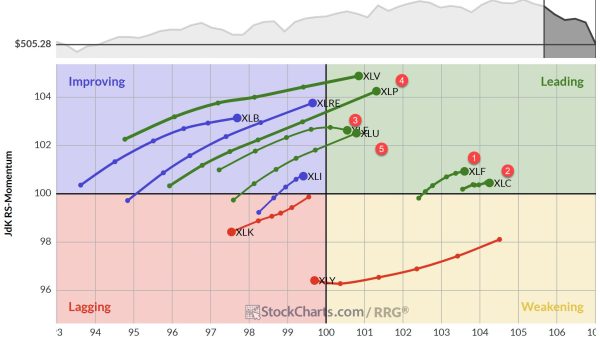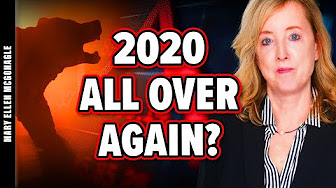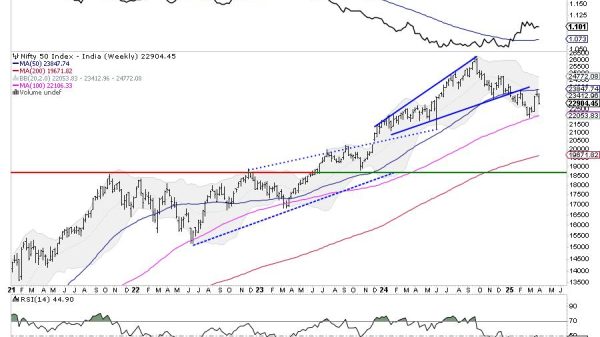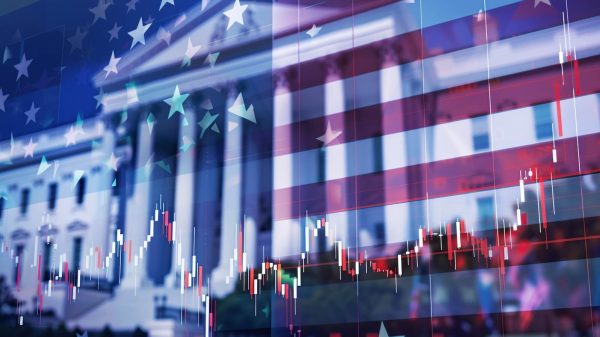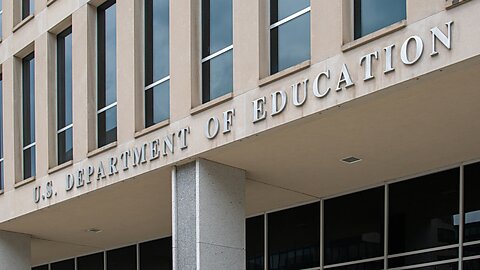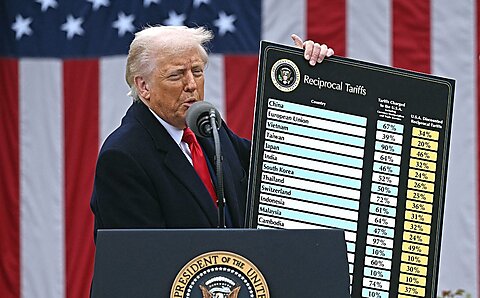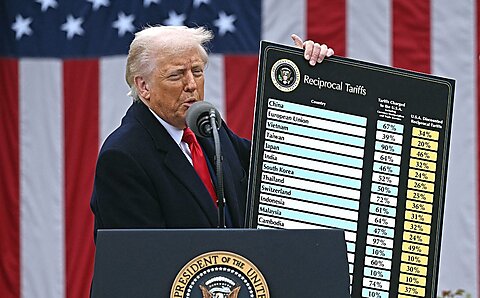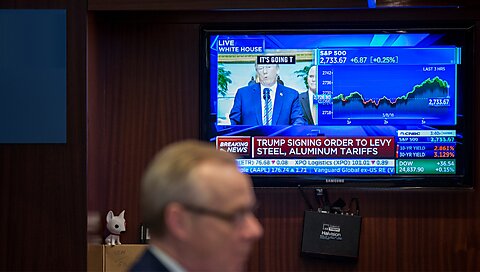
Citing alleged unfairness in the current trading system, President Donald Trump appears to be laying the groundwork for the adoption of a tariff policy based on reciprocity. Whatever tariffs other countries levy on US imports will be the tariff charged by the United States on their same products. It’s not a new position for Trump, who also enthused about reciprocal tariffs during his first term.
The approach no doubt has superficial appeal. Why not give countries a taste of their own medicine? What’s good for the goose is good for the gander, and all that.
Closer scrutiny, however, reveals numerous flaws in such thinking.
Tariff reciprocity means higher US tariffs. Although fairly average compared to other wealthy, industrialized countries, US tariff rates are at the lower end of the global scale. This necessarily means that a reciprocal tariff policy will lead to higher tariffs. Consumers will face higher prices for the goods they purchase, and businesses will pay for more critical inputs, reducing their competitiveness.
This is antithetical to US prosperity. It cannot be overemphasized that a policy of relatively low tariffs and trade barriers is not a favor the United States grants others but a key ingredient in its own economic success. To abandon this would be folly.
Tariff reciprocity surrenders US decision-making over trade policy. US tariff policy should be dictated by self-interest. A policy based on reciprocity, however, essentially hands policymaking to US trade partners. If these countries opt to pursue a policy of high tariffs, that’s regrettable. But it is not a decision the United States should be compelled to mimic. If others decide to jump off bridges (in a manner of speaking), it’s no reason for the United States to follow suit.
Tariff reciprocity means greater complexity. Under the current US tariff schedule, most items face one of two duty rates. The general one, applied to imports from most countries, serves as a default, while a lower, preferential rate applies to goods from countries the United States has free trade agreements with or that fall under special exceptions such as the Generalized System of Preferences. A tariff schedule based on reciprocity would prove enormously more complicated.
As economist Douglas Irwin recently pointed out, the US tariff schedule consists of approximately 13,000 line items detailing the various duty rates on imported items. Given that the United States trades with approximately 200 countries, this means about 2.6 million individual tariff rates. Spare a thought for both the headaches and hassle this would cause for a company trying to build an efficient supply chain, as well as the resources devoted to compliance.
Administering the tariffs, meanwhile, would be no easy feat either and is sharply at odds with efforts to improve government efficiency.
Not all foreign tariff reductions will prove beneficial. A lowering of tariffs by US trade partners in response to reciprocity would offset some of the pain of this new approach. But one must also consider that many (most?) countries will not do so. After all, tariff rates are not set at random but often reflect the pressures of domestic constituencies that may not dissipate in the face of higher US duties.
Furthermore (and perhaps more importantly), even a response that produces lower tariff rates could have little benefit. Consider the example of coffee. Brazil is the top supplier of coffee beans to the United States, to which a tariff rate of zero percent is applied. In contrast, Brazil applies a tariff rate of nine percent to US coffee exports.
Grossly unfair, no? Perhaps.
But here’s the rub: if Brazil responded to reciprocal US tariffs by slashing its own tariff rate to zero, the economic payoff to the United States would be almost nil. A mere 11.5 million pounds is produced in the United States (all of it in Hawaii), which is just seven-tenths of one percent of US coffee consumption. Only a subset of that production would be for export, and only a subset of that would conceivably go to Brazil.
The payoff of a reciprocal Brazilian tariff reduction would be tiny, while should Brazil fail to respond with a tariff lowering, American consumers (and businesses such as coffee shops and retailers) would be stuck with costlier cups of joe.
Even tariff workarounds bring added costs. President Trump has highlighted a seemingly simple means of avoiding US tariffs: transferring production to the United States. While true (to an extent, as imported inputs used in production could still face tariffs), it’s not apparent that this is actually desirable. If products are currently manufactured abroad, it’s a good indication that it’s more efficient to do so. Setting up shop in the United States may escape the burden of tariffs but will bring with it higher costs than had production been maintained overseas.
Those higher costs will mean reduced consumption or less money for Americans to spend and invest elsewhere in the economy. American prosperity is promoted by making products more affordable, not the reverse. The promise of new tariff-induced jobs and investments may seem attractive, but they can only come at the expense of other jobs and investments frittered away due to inevitably higher costs.
The United States should no more aspire to produce all of the goods it consumes than an individual should try to produce the food they eat or clothes they wear. Rather, the US (which is to say, its people and businesses) should leverage the rewards of comparative advantage. To do otherwise is a formula for self-impoverishment.
There’s a better path to reciprocity. If President Trump desires reciprocal tariffs, free trade agreements (FTAs) are a better option. Under such deals, the United States and partner countries agree to remove or reduce trade barriers, including tariffs.
The Trans-Pacific Partnership trade deal signed by the United States and a number of its top trading partners in 2016, for example, would have eliminated 18,000 tariffs. (Unfortunately, President Trump withdrew from that agreement as one of his first acts after taking office in 2017.) A more recent agreement reached by the European Union and the Mercosur trading bloc eliminates tariffs covering 90 percent of bilateral trade.
FTAs offer a straightforward approach for those interested in low, reciprocal tariffs. Sadly, however, the United States has not successfully negotiated and signed into law a new free trade agreement since its conclusion of bilateral deals with Colombia, Panama, and South Korea that took effect in 2012.
Summing up
US policy should be determined not by what is perceived as fair but by what is in the country’s economic self-interest. Reciprocal tariffs are very much at odds with this. Such a policy would surrender US policymaking to foreign governments, increase prices for American consumers, and create new burdens for the country’s businesses.
To achieve a more favorable trading environment, President Trump should occupy the US chair at the negotiating table and negotiate new free trade agreements in which all parties reduce their tariffs to zero. It’s a seat that has been cold for too long.

